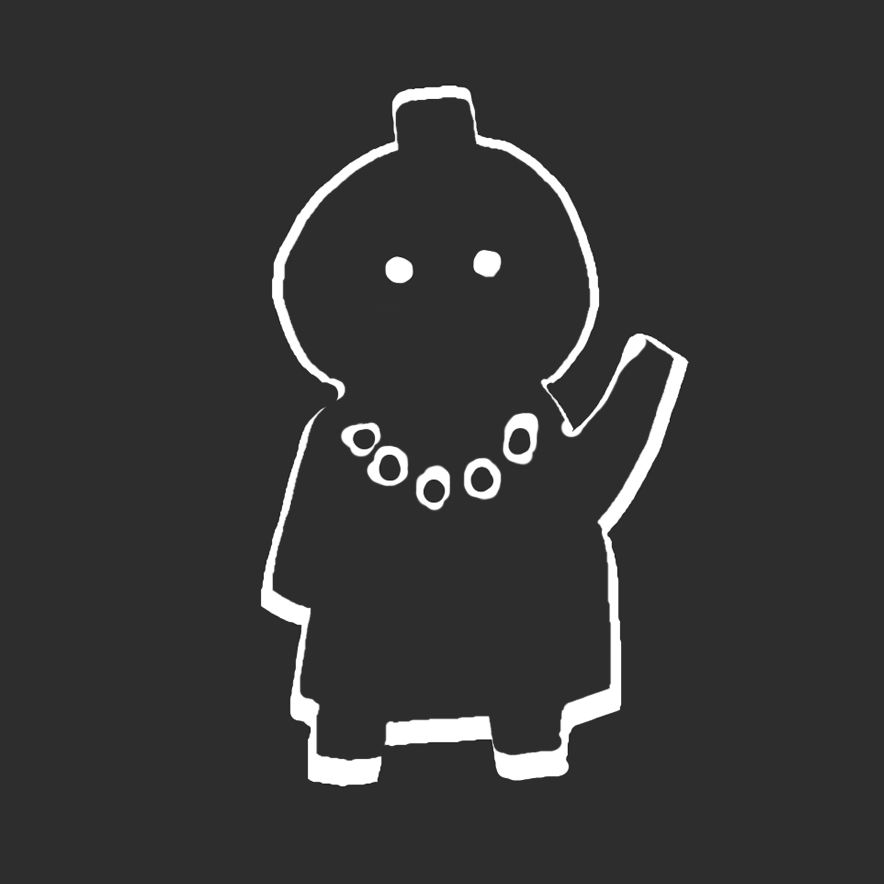SEVEN CIRCLES
ASHES IN THE SKY AND THE STORY OF DAVID LENGA
Graphic Novel based on the story of
David Lenga's deportation to Auschwitz-Birkenau
and surviving the Holocaust
220 pages | paper and digital format | envisioned publishing 2022
Graphite on paper | Sand on glass | India ink | 8.5 x 11 in | 22 x 28 cm
David Lenga: "I was born in Lodz, Poland on December 3rd, 1927 into a rather large orthodox Jewish family. My parents, Abraham and Sarah Lenga, were living a more modern orthodox lifestyle than my grandparents. I had a 4 years younger brother Nathan. The first language we’re exposed to was Yiddish. It became my and my brother’s “Mamma-Loshen.“ My loving parents took us every year on summer vacations. I was always an outgoing boy, and surrounded myself with many close friends. All this wonderful life came to an abrupt end, on September 1st, 1939. I was then only 11 years old, when Hitler’s army brutally overran and invaded Poland."
Production
The making of the Seven Circles graphic novel based on the Holocaust survival story of David Lenga is a collaboration between art directors Ruah Edelstein and Masha Vasilkovsky (Lumen Animae Studios) and students at the College of the Canyons (COC), Valencia, California.
The Storyboarding class of Masha Vasilkovsky (faculty at the Media Entertainment Arts department at COC) interviewed David Lenga in the beginning of spring semester 2017. Based on the interview the graphic novel's narrative was written by Ruah Edelstein and Masha Vasilkovsky. Each student was asked to pick one of the 19 chapters of the story, choosing the parts that impacted them most. Then processing of the story through visual narrative began. The class met twice a week for one semester. In our many interviewing with Holocaust survivors in previous years, we worked with groups of students on producing animated documentaries based on the survivors' stories.
The Storyboarding class of Masha Vasilkovsky (faculty at the Media Entertainment Arts department at COC) interviewed David Lenga in the beginning of spring semester 2017. Based on the interview the graphic novel's narrative was written by Ruah Edelstein and Masha Vasilkovsky. Each student was asked to pick one of the 19 chapters of the story, choosing the parts that impacted them most. Then processing of the story through visual narrative began. The class met twice a week for one semester. In our many interviewing with Holocaust survivors in previous years, we worked with groups of students on producing animated documentaries based on the survivors' stories.
This was the first time that we experimented with making a graphic novel. By the end of the semester student efforts resulted in a good amount of hand-drawn pages covering the narrative of 16 of the 19 chapters. We ended up with a pile of drawings carefully separated by chapter numbers.
The extensive postproduction process began at the Lumen Animae Studios and lasted for one and a half years. This included revising, editing, lettering, and formatting, plus creating the missing three chapters to complete the production. A sand-on-glass technique was used for those three chapters. An agreement between the students, the college, and the art directors granted the art directors complete freedom to revise as necessary and finalize the images collected from the students. Student work was used as much as possible, however, some of the images were created anew and others were modified. All edits were done for the benefit of clarity and impact of the narrative.
Today the process is complete at last and we are talking to publishers.
The extensive postproduction process began at the Lumen Animae Studios and lasted for one and a half years. This included revising, editing, lettering, and formatting, plus creating the missing three chapters to complete the production. A sand-on-glass technique was used for those three chapters. An agreement between the students, the college, and the art directors granted the art directors complete freedom to revise as necessary and finalize the images collected from the students. Student work was used as much as possible, however, some of the images were created anew and others were modified. All edits were done for the benefit of clarity and impact of the narrative.
Today the process is complete at last and we are talking to publishers.
First draft review and class discussion with art director Ruah Edelstein
